Voltage Regulator
Don't all voltage regulators work the same?
Yes, all voltage regulators do the same - they keep their output voltage constant.
Voltage Regulator at Constant Resistor Load
If we make them keep a constant voltage across a constant resistance, they will do one more thing in the same way - they will keep a constant current through the resistor.
The negative feedback seems to have "reversed" the action of the resistor in the following way: The humble resistor with a resistance R causes the current I to "create" a voltage V = I.R across it; ie, it acts as a current-to-voltage converter. Now, with the help of the voltage regulator, the voltage V across it "creates" a current I = V/R; ie, it acts as the opposite voltage-to-current converter.
Current Source
So, if we break the circuit in a suitable place (outside the area of the current sensing) and insert a load, it will be supplied with a constant current.
Thus the combination of a voltage regulator and constant resistor acts as a current source.
Current limiter
The idea. It is a more sophisticated circuit than the single current source; it is a combination of a voltage source and a current source.
Voltage source. Initially, while the current is less than the threshold, the circuit works as a voltage source. When the current exceeds the threshold, it becomes a current source. How is this mechanism made?
As above, the current-sensing resistor and the load are connected in series. While the current is less than the threshold, the voltage regulator keeps the total voltage across the two elements constant. Since the current-sensing resistor has many times lower resistance than the load, actually the voltage across the load is constant.
Current source. When the current exceeds the threshold, the voltage regulator begins keeping only the voltage across the current-sensing resistor constant. As a result, the current through the load is constant.
I have considered this technique in my question and answer about the ingenious Widlar circuit solution.
What is the OP's circuit?
Obviously, OP means a current source made by a constant voltage regulator but he missed two things:
- to show in some way that this is a circuit symbol of a regulator,
- to insert a current-sensing resistor.



